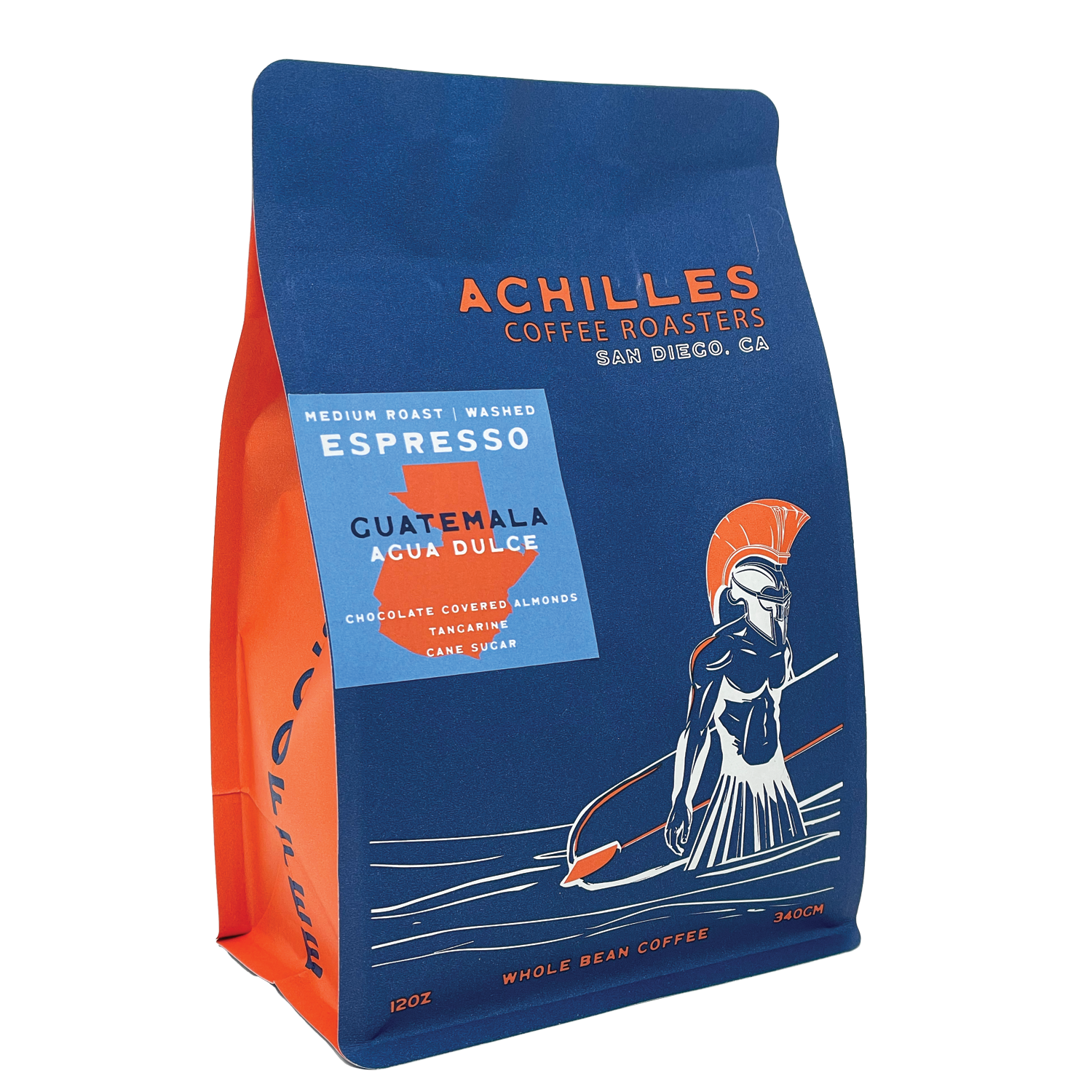Brewing Tips to Get the Best Out of SOE Single Origin Espresso
Brewing Tips to Get the Best Out of SOE Single Origin Espresso
Blog Article
Coffee Beans 101: Every Little Thing You Need to Understand About Espresso and Blended Coffee Beans
When it comes to coffee, understanding the subtleties of espresso and mixed beans can transform your daily mug. From the expanding process to toasting strategies, every action plays a role in your coffee experience.
Comprehending Coffee Beans: Varieties and kinds
When diving into the globe of coffee, understanding the kinds and varieties of coffee beans is crucial for every lover. Arabica beans are recognized for their smooth, intricate tastes and reduced high levels of caffeine web content, making them a favorite amongst coffee enthusiasts.
Within these species, you'll discover various regional selections, each bringing unique qualities. For instance, Ethiopian Yirgacheffe offers brilliant floral notes, while Colombian beans give a well-balanced taste profile. As you explore, remember to pay focus to processing techniques like washed or all-natural, as they can substantially influence the final preference. By familiarizing yourself with these beans and their tastes, you'll raise your coffee experience and make even more enlightened choices in your developing journey.
The Growing Process: From Seed to Bean
When you discover the journey of coffee, all of it begins with seed option techniques that set the foundation for top quality. From there, growing and gathering play crucial functions in guaranteeing the beans prosper. Lastly, processing methods transform those harvested cherries right into the coffee beans you love.
Seed Option Techniques
Choosing the right seeds is important for generating premium coffee beans, as it lays the foundation for the entire growing procedure. Pay focus to the seed's age and storage conditions, as fresh seeds often tend to sprout far better. Think about the disease resistance of various varieties, as this can substantially impact your return.
Farming and Harvesting
As you nurture your coffee seeds right into growing plants, understanding the farming and harvesting procedure is important for accomplishing the ideal flavor and high quality. Begin by growing your seeds in well-draining dirt, ideally in a shaded area to secure them from straight sunlight.
When it comes time to harvest, seek ripe cherries, which commonly transform a vivid red. Hand-picking is frequently the very best approach to assure just the ripest cherries are chosen. Timing is vital; gathering as well very early or too late can influence the flavor profile of your beans. Embrace persistence and treatment, as this is where high quality begins.

Handling Approaches Explained
Once you've harvested your coffee cherries, the next important action is processing them to change those dynamic fruits into the beans you'll make. In the dry procedure, you spread out the cherries out in the sun to completely dry, permitting the fruit to ferment and pass on special flavors to the beans. Understanding these methods is crucial to enjoying your coffee experience.
Toasting Strategies: How Flavor Is Created
When it pertains to roasting coffee beans, comprehending roast degrees is crucial to exposing their distinct flavors. Each toasting strategy influences the aroma and enhances the taste advancement procedure, offering you a richer coffee experience. Let's explore exactly how these variables come together to boost your daily brew.
Roast Degrees Explained
Roast degrees play a necessary duty in shaping the taste profile of your coffee. By comprehending these degrees, you can better choose a coffee that matches your preference choices. Experiment with different roasts to find which one reverberates with you, enhancing your total coffee experience and pleasure.
Influence On Fragrance
The roast degree not just influences the taste of your coffee however additionally significantly impacts its fragrance. When you pick a light roast, you'll usually discover brilliant, flower notes that can make your coffee smell fresh and vibrant. As the beans dim, the scent changes; a tool roast brings out more well balanced, caramelized fragrances, while a dark roast tends to include strong, smoky touches. Each toasting technique releases different volatile compounds, shaping just how your coffee scents. Additionally, the freshness of the beans plays a crucial duty; fresh baked coffee releases more aromatic oils, boosting that attracting fragrance. So, pay interest to the roast level-- it's crucial to exposing the full aromatic experience of your brew.
Taste Advancement Refine
As you explore the taste development procedure, you'll find that roasting techniques play a vital role in shaping the taste account of your coffee. The toasting temperature and time directly affect the level of acidity, sweetness, and resentment of the beans. Light roasts preserve even more of the bean's original flavors, highlighting fruity and floral notes.
Coffee vs. Blended Coffee: Key Differences
Coffee and blended coffee each offer special experiences that satisfy various tastes and preferences. Espresso is a concentrated coffee brewed forcibly warm water via finely-ground coffee beans, leading to an abundant, vibrant taste and a creamy layer of crema on the top. It's typically delighted in as a shot or made use of as a base for drinks like cappucinos and coffees.
On the various other hand, mixed coffee incorporates numerous beans from different regions, producing a more well balanced flavor account. You'll typically locate blends that highlight body, acidity, or sweet taste, making them versatile for various developing techniques. While espresso concentrates on intensity, combined coffee might use a more comprehensive variety of tastes that can alter with each sip.
Eventually, your choice between espresso and blended coffee come down to your individual choice. Whether you yearn for a leisurely mug or a quick jolt, both options have something delicious to offer.

Brewing Approaches: Unlocking the Perfect Mug
When it involves brewing coffee, locating the right method can change your experience and elevate your cup. Each developing technique has its unique appeal and can greatly influence your coffee's flavor and scent. As an example, utilizing a French press allows you to appreciate a rich and full-bodied brew, while a pour-over technique supplies a tidy, intense mug with distinct tastes.
If you choose coffee, purchasing a high quality equipment can help you grasp the art of pulling shots. Conversely, for convenience, a single-serve shuck system supplies rate without sacrificing taste.
Don't forget about chilly brew, which supplies a smooth, less acidic coffee suitable for warm days. Experiment with different approaches to uncover what reverberates with your taste buds.
Sampling Notes: Determining Flavor Profiles
How can like this you truly value your coffee if you do not understand what flavors to search for? Tasting notes are your overview to recognizing the intricate globe of coffee. When you sip, focus on the initial flavors that strike your taste. You might discover fruity notes, like berry or citrus, or possibly a nutty undertone. As you continue to taste, notice just how the tastes article progress-- this is referred to as the "surface." Some coffees might leave a chocolatey or caramel aftertaste, while others might have an intense, tidy finish.
Think about the body of the coffee, too; is it ventilated and light or thick and syrupy? Don't neglect level of acidity; a brilliant level of acidity can add sprightliness, while a low level of acidity may offer a smoother experience. By determining these taste profiles, you'll strengthen your link with each cup, making coffee sampling a wonderful journey of exploration.

Tips for Selecting and Storing Coffee Beans
Selecting and saving coffee beans appropriately can significantly boost your brewing experience. Begin by picking top quality beans that match your preference - SOE.
Once you have your beans, keep them in an airtight container to stop direct exposure to light, air, and wetness. A dark, cool place works best, so avoid keeping them in the fridge or freezer, as this can introduce moisture. Only grind the quantity you require to keep quality; entire beans preserve taste longer than pre-ground coffee.
Last but not least, try to utilize your beans within two to four weeks after opening up for peak taste. Adhering to these ideas will assure your coffee stays savory and satisfying, raising your day-to-day mixture to brand-new heights.
Regularly Asked Concerns
The Length Of Time Do Coffee Beans Keep Fresh After Roasting?
Coffee beans stay fresh for concerning 2 weeks after toasting - SOE. You should keep them in an impermeable container, far from light and wetness. Afterwards, their taste and scent begin to diminish considerably

Can I Mix Different Coffee Bean Varieties?
Definitely, you can mix various coffee bean ranges! Trying out blends can my link enhance tastes and produce an unique preference profile. Simply make sure to stabilize the staminas and qualities of each selection for the finest outcomes.
What Is the Suitable Work Size for Coffee?
For coffee, you'll want a great grind size, regarding the appearance of common salt. This enables perfect extraction, leading to an abundant, flavorful shot. Experiment a bit to discover what suits your preference best!
Just How Does Altitude Affect Coffee Bean Taste?
Elevation affects coffee bean taste by influencing the development rate and chemical composition. Higher altitudes cause slower maturation, which enhances acidity and intricacy, offering your coffee a dynamic and one-of-a-kind preference you will not fail to remember.
Exist Decaffeinated Variations of Espresso Beans?
Yes, there are decaffeinated versions of espresso beans. You can take pleasure in a rich espresso flavor without the high levels of caffeine kick. Just search for "decaf" blends at your neighborhood coffee bar or specialty store.
Coffee Beans 101: Everything You Need to Know Regarding Coffee and Blended Coffee Beans.
When diving right into the world of coffee, understanding the types and ranges of coffee beans is vital for every fanatic.When it comes to toasting coffee beans, understanding roast levels is crucial to disclosing their distinct tastes. Coffee is a focused coffee brewed by requiring warm water with finely-ground coffee beans, resulting in a rich, bold taste and a creamy layer of crema on top.On the other hand, blended coffee integrates various beans from different areas, producing a more well balanced flavor profile.
Report this page